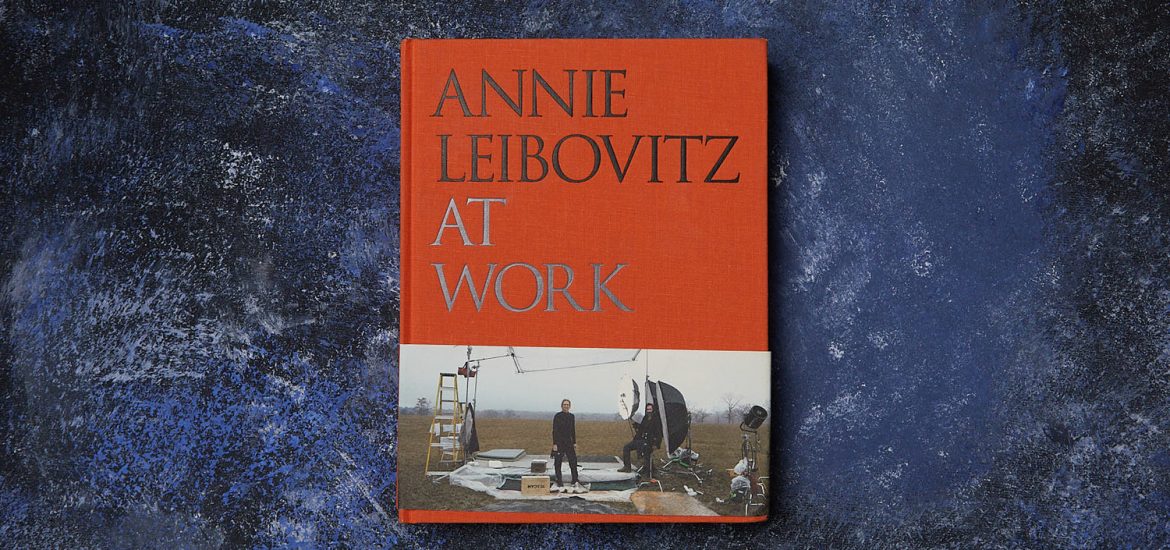Perhaps one of the biggest moral debates I have with myself is when I look at the good work of “bad” photographers — work that has a life of its own and work that has become culturally significant. Yet, that work has a dark side to it: the creator. Is it possible to look at photographs without ever thinking about the photographer behind them?
It all starts with my industry: fashion. The fashion industry is notorious for various scandals surrounding sexism and exploitation. Many major fashion photographers have played central roles in such scandals. That led some to lose jobs, burning bridges with big clients, and losing all credibility. I will refrain from mentioning any 21st-century cases in this original, as I believe they are too recent to be considered when answering a question like this. If you are interested in learning more, feel free to look up the cases yourself and offer your point of view in the comments.
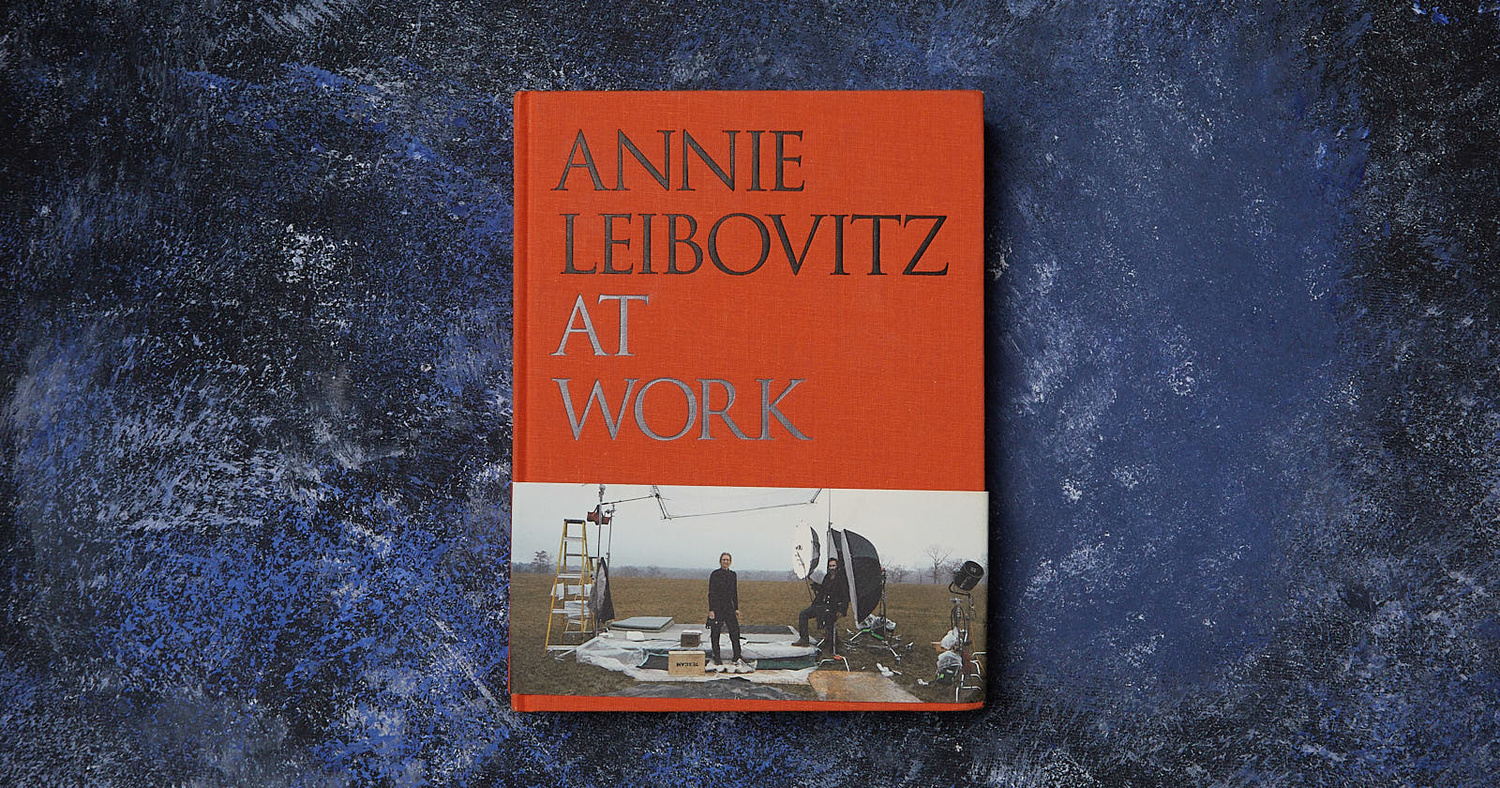
There are two main camps when it comes to how art and artist are related. Some believe that art and artist are inseparable while others agree that art has a life of its own and in a way, it doesn’t matter who made it. There are valid arguments on both sides, so let’s dive in.
Art Is a Personal Adventure for the Artist
In simplest terms, art is an expression of a point of view. It expresses the point of view of the artist. A lot of art is personal, and that naturally has deep connections that go right back to the person who created it: the artists. Each artist, photographer, painter is unique in their being, and that is seen through their art. An artist’s unique perspective of the world can be communicated through their art. For example, as a fashion photographer, I choose to photograph a specific style of clothes. While I don’t exclusively photograph it, a lot of my work is indeed centered around what I personally like. Another aspect of this is a drama that is ever so prevalent in my images. It may be expressed through color, posing, or something else. One of my favorite pieces of music: Rachmaninoff’s Second Piano Concerto is also dramatic, one of my favorite artists: Hopper is also dramatic. Therefore, my work is a portrayal of who I am. I won’t go further into analyzing my work, as I find it incredibly pretentious. Feel free to check out my website and make sense of it yourself.
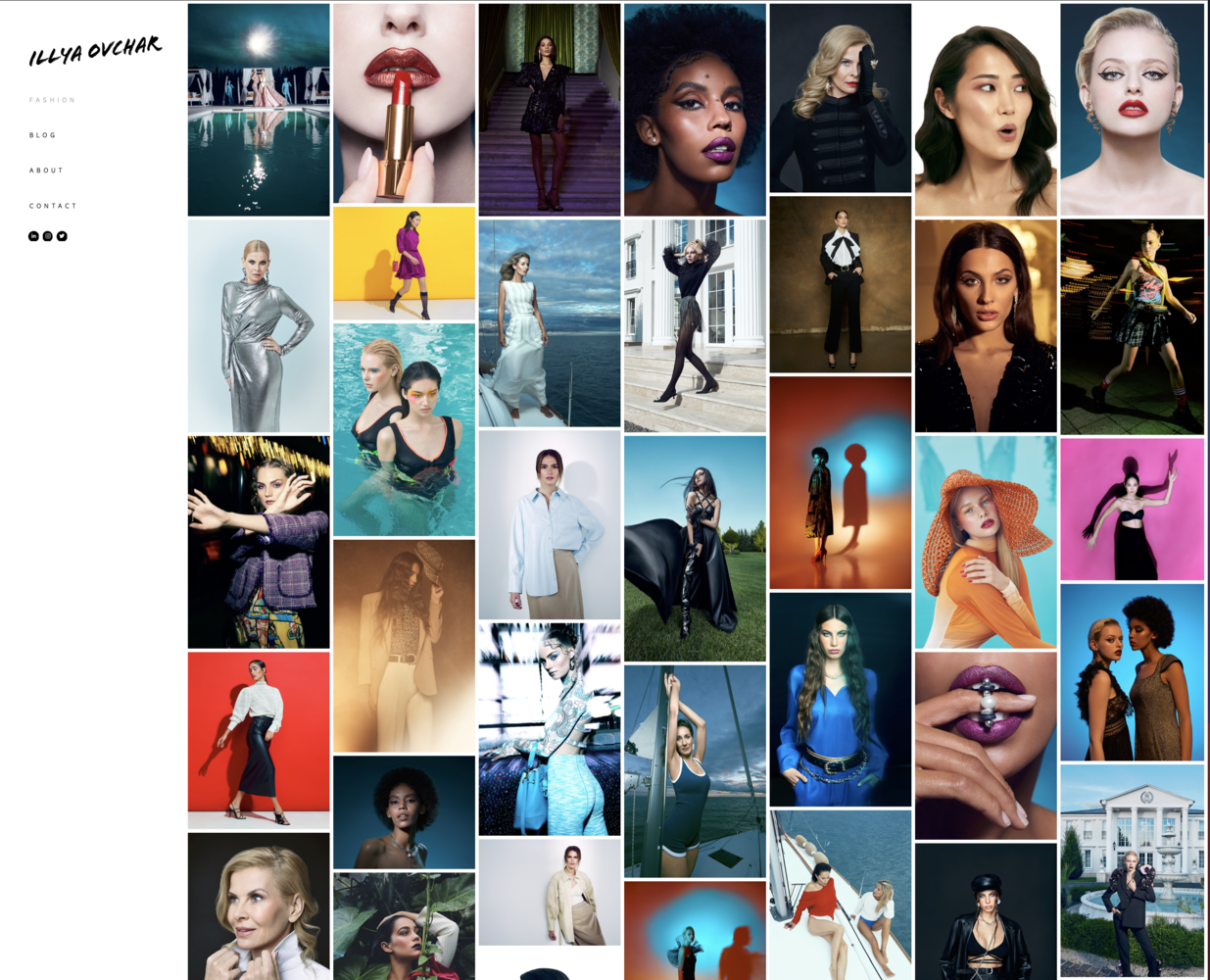
In general, as photographers, the style we work in should ideally be what we love. If we love the subject matter, the images will look great. For example, because I love bikes, I can take a nice bike image. Further, I spend all day looking at fashion, and I photograph fashion because I am madly in love with the genre.
The intention is important too. The personal part about photography and art, in general, can also be healing to the artist. Very few artists create art for others; most create it for themselves. This may lead to art becoming the artist’s baby, and some of the art can’t be understood without reading into the artist’s life. However, is that great art?
Suppose Art Can Be Separated, but Should It?
According to Rankin, great photographs make you think and feel something. Therefore, art should stand on its own merits if it is ever to inspire thinking. The audience should not spend time being a biographer or research the artist’s life to death in order to benefit from the work. Don’t get me wrong, the artist’s background can be fascinating and enhance the viewer’s experience. The key is to enhance.
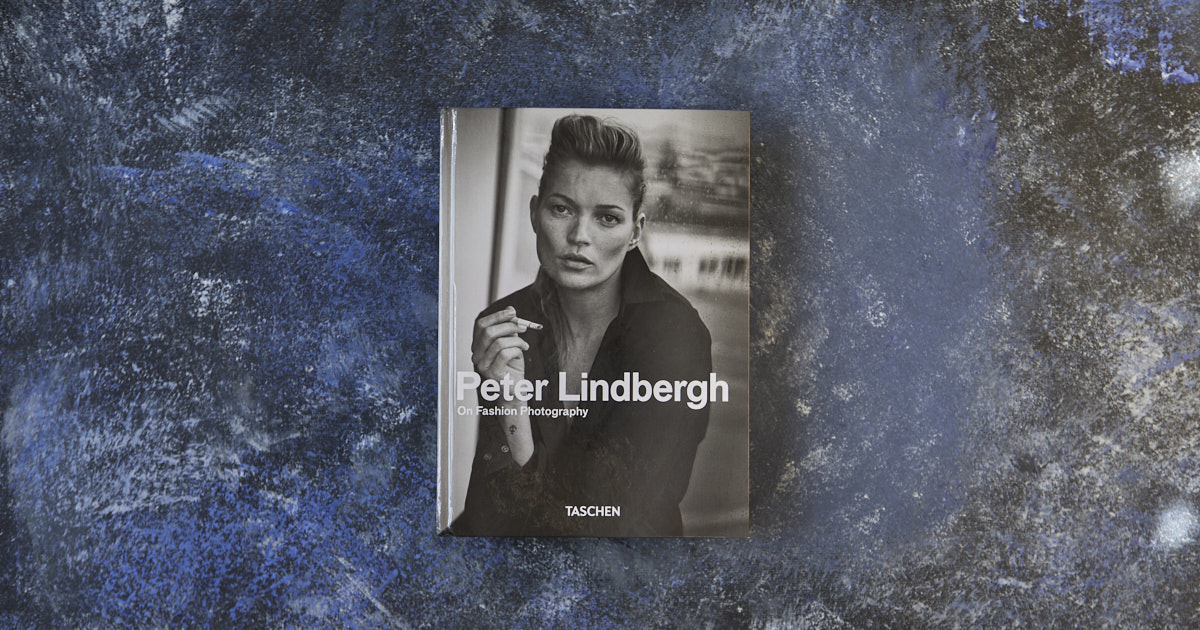
As much as art is a personal experience for the artist, it is also a personal experience for the audience. Individual interpretation comes from thinking and feeling. It is up to the audience to think and feel with the art. In this regard, art is separable from the artist. It is actually a great exercise trying to perceive art without any other context. The interpretation you come up with will be unique and won’t be influenced by previous opinions and points of view.
However, still, I believe that art and artist are inseparable. What would Mozart’s Requiem be without the context of his death shortly after completion? What would Platon’s photography be without the context of him being fascinated by people, yet dyslexic? Platon’s personal life influenced his work. His portraits are stripped of everything that is unimportant; they put the subject in the center. That subject is the heart, soul, and body of the image.
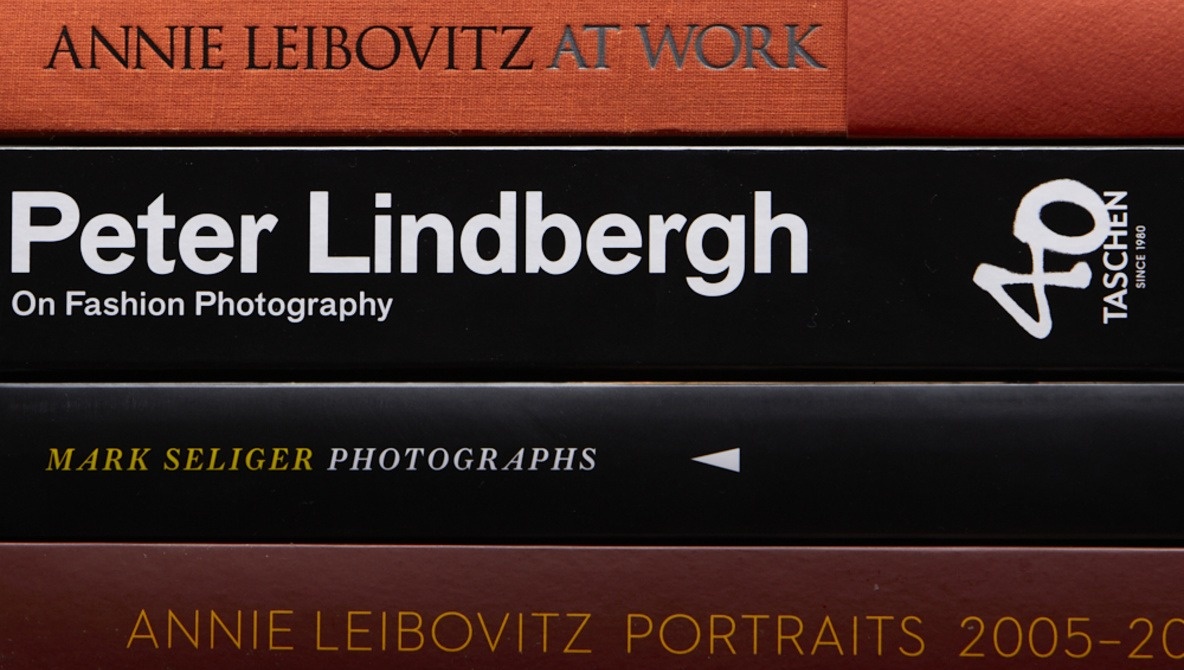
Having established that art can’t be separated from the artist and that knowing about the artist enhances the experience of the art, let’s consider the following case. While admiring the art, you despise the artist’s actions. Should you, in this case, separate the art from the artist in order to perceive the work on its own merits?
I don’t think so.
As humans, we are all flawed, and understanding each other’s flaws is key to being able to objectively evaluate the actions of that person. Flawed artists can still produce great work; the background of the artist doesn’t make their work bad. The background of the artist just adds a new layer of meaning to what they created. Being a strong believer in no judgment, I try to simply be grateful for the awareness that is created by art, as well as the artist. When perceiving art, try to seek the awareness it creates about your own reality, not the judgment you put on art and the artist. By looking for awareness you utilize the energy in the art, yet by judging art on any merit, you destroy whatever meaning there is.
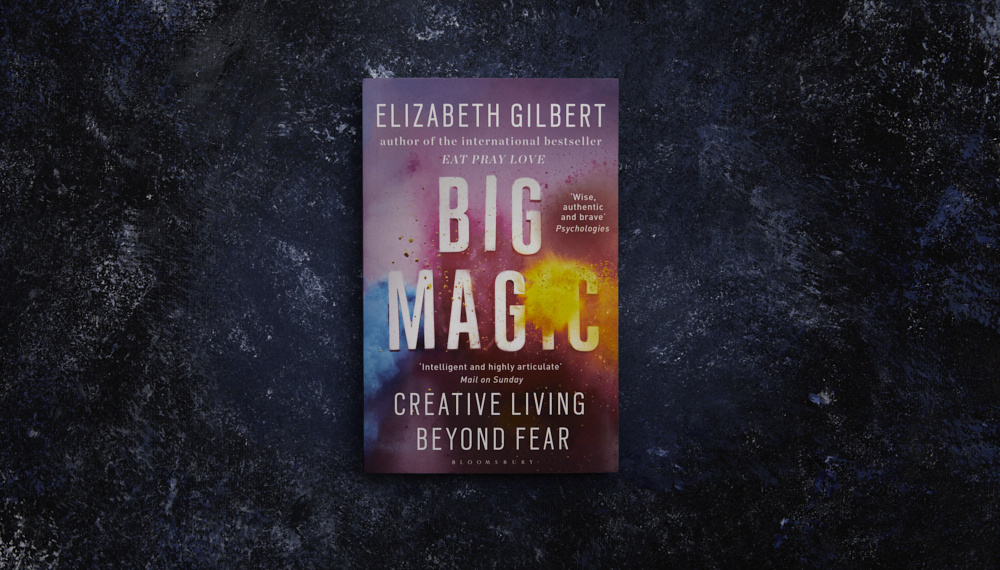
Closing Thoughts
Can we separate art from the artist? The question does not have a definitive answer. Separating art from the artist is only a small fraction of how we perceive it. In my opinion, perceiving art is most creative for your life when you seek the awareness that artwork created for you. This awareness may be about a humanitarian crisis, or it may be about oppression of women, it may also be about pollution. The topic is up to you to choose. The artist is an integral part of the artwork, and they put their own energy into what they create; the presence of that energy can’t be ignored. Instead, it needs to be acknowledged for the awareness it creates around understanding the ultimate message behind the artwork, a message each one of us sees differently and applies differently to our existence.
